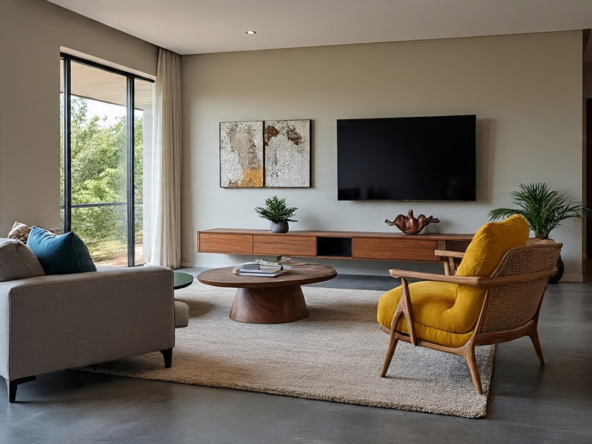Setting up a basic outdoor toilet is often the first infrastructure task for many landowners in Kenya. Whether you’re preparing a rural homestead, launching construction, or managing a temporary site, a toilet ensures both hygiene and compliance with building standards.
Kenyan regulations require basic sanitation on-site before full development. Fortunately, there are affordable and practical toilet options for nearly every budget and terrain whether you’re in Joska, Ruai, or a remote plot in Kisaju.
1. Why Outdoor Toilets Are a Must Before You Build
Outdoor toilets support the initial stages of site occupation by:
- Preventing contamination of nearby wells or boreholes
- Offering workers and visitors a safe sanitation point
- Avoiding penalties from county authorities
- Enabling other early uses like crop planting or storage
Overlooking sanitation is one of the Top Mistakes First-Time Land Buyers Make, especially on newly purchased plots.
2. Popular Outdoor Toilet Designs in Kenya
| Toilet Type | Cost Estimate (KSh) | Use Case | Key Features |
|---|---|---|---|
| Pit Latrine (Basic) | 5,000–15,000 | Temporary rural setups | Simple, may need lining for stability |
| Ventilated Latrine | 15,000–25,000 | Long-term rural or peri-urban | Reduces odors and fly exposure |
| Eco-Toilet (Dry) | 25,000–50,000 | Water-scarce or remote plots | Composting style, minimal water use |
| Flush Toilet + Tank | 30,000–70,000+ | Urban plots with plumbing | Links to septic or soak pit systems |
When building on black cotton soils, use reinforced pits or septic tanks. See How to Build Low-Cost Septic Tanks in Black Cotton Soils for step-by-step instructions.
3. Materials You Can Use to Cut Toilet Construction Costs
Budget-conscious developers often build toilets using:
- Corrugated iron sheets or timber offcuts for walls
- Concrete slabs or precast slabs for the toilet floor
- PVC pans or simple ceramic units
- Stone ballast or bricks for lining and durability
You can also repurpose materials left over from DIY Compound Paving Projects to save further.
4. How to Build a Safe and Durable Toilet
To ensure durability and hygiene:
- Locate the toilet at least 30 meters from wells or boreholes
- Raise the floor above ground level to protect from flooding
- Install a lockable door and ventilation pipe to reduce odors
- Line pits in unstable or expansive soils
- Use basic slope planning to direct runoff learn more from Construction Site Drainage Planning
Some landowners choose dual-pit systems, where one pit is sealed off and the second used when the first fills up.
5. Upgrading from Temporary to Permanent Toilets
Once house construction is underway, consider upgrading:
- Connect the toilet to a flush system and septic tank
- Finish interiors with tiling and low-flow fixtures
- Incorporate the toilet into a backyard extension explore Outdoor Kitchens and Backyard Extensions
This creates a long-term solution that adds value to the property.
Final Thoughts
A properly built outdoor toilet is an essential first investment for any Kenyan plot. With as little as KSh 10,000, you can install a unit that ensures sanitation, meets local regulations, and improves overall site functionality.
Whether temporary or long-term, smart planning allows you to build once and upgrade gradually.
Continue Exploring:


